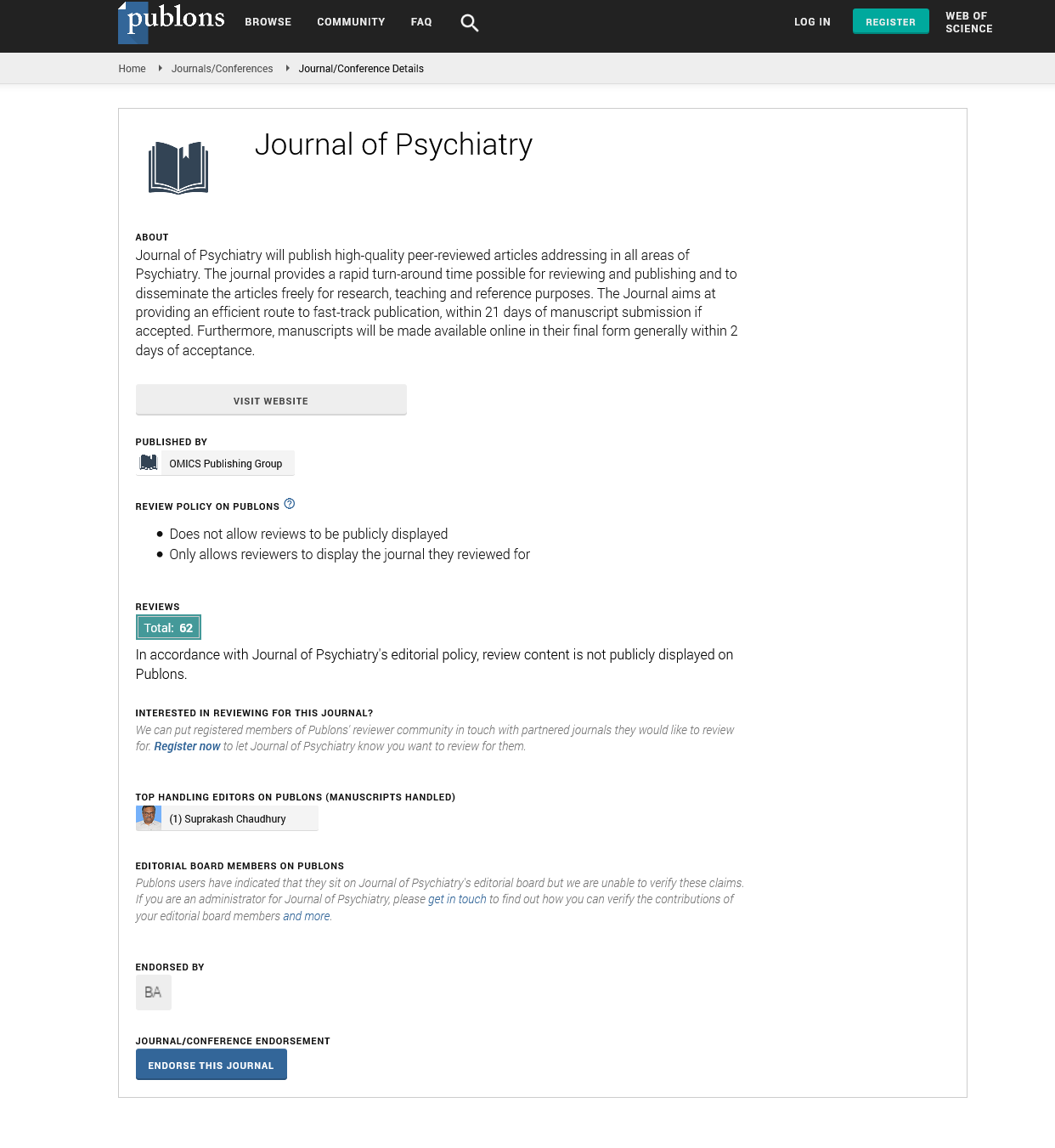Indexed In
- RefSeek
- Hamdard University
- EBSCO A-Z
- OCLC- WorldCat
- SWB online catalog
- Publons
- International committee of medical journals editors (ICMJE)
- Geneva Foundation for Medical Education and Research
Useful Links
Share This Page
Open Access Journals
- Agri and Aquaculture
- Biochemistry
- Bioinformatics & Systems Biology
- Business & Management
- Chemistry
- Clinical Sciences
- Engineering
- Food & Nutrition
- General Science
- Genetics & Molecular Biology
- Immunology & Microbiology
- Medical Sciences
- Neuroscience & Psychology
- Nursing & Health Care
- Pharmaceutical Sciences
Opinion - (2023) Volume 26, Issue 5
Inclusive Fitness Theory: Potency and Generality in Demonstrating Altruism
Jason Monteiro*Received: 02-May-2023, Manuscript No. JOP-23-21414; Editor assigned: 05-May-2023, Pre QC No. JOP-23-21414(PQ); Reviewed: 19-May-2023, QC No. JOP-23-21414; Revised: 26-May-2023, Manuscript No. JOP-23-21414(R); Published: 02-Jun-2023, DOI: 10.35248/2378-5756.23.26.591
Description
Altruism is a social behavior that benefits others at a cost to oneself. How can such a behavior evolve by natural selection, which favors traits that increase one's own reproductive success? This question has puzzled biologists for decades, but a general solution was proposed by W. D. Hamilton in the 1960s. He suggested that altruism can evolve if the recipients of altruistic acts are relatives of the altruist, who share some of the altruist's genes. This idea is known as inclusive fitness theory or kin selection theory.
According to inclusive fitness theory, an altruistic trait can spread in a population if the benefit to the recipient (B), multiplied by the coefficient of relatedness (r), which measures the genetic similarity between the altruist and the recipient, exceeds the cost to the altruist (C). This is expressed by Hamilton's rule: r B>C. The coefficient of relatedness can vary from 0 (no genetic similarity) to 1 (identical twins), and depends on the mode of inheritance and the population structure. For example, in haplodiploid species where males are haploid and females are diploid, such as bees and ants, siblings share 75% of their genes on average, whereas mothers and daughters share just 50%. This high relatedness among siblings is suggested to explain the emergence of eusociality, a type of altruism in which certain individuals (workers) postpone reproduction to assist others (queens) in producing children.
However, some researchers have challenged the role and rule of relatedness in altruism, and have proposed alternative models that claim to explain altruism without invoking kin selection or relatedness. For example, some models assume that altruism can evolve by group selection, which favors traits that benefit groups rather than individuals, or by multilevel selection, which considers both levels of selection simultaneously. Other models suggest that altruism can evolve by direct reciprocity, which involves repeated interactions and mutual exchange of benefits between individuals, or by indirect reciprocity, which involves reputation and third-party interactions. Yet other models propose that altruism can evolve by network reciprocity, which depends on the structure and dynamics of social networks, or by generalized reciprocity, which involves helping anyone who is in need regardless of past interactions.
However, a recent analysis has shown that these alternative models are not really alternatives to inclusive fitness theory, but rather special cases of it. The authors analysed 43 evolutionary models in which altruism arises and where the authors ascribe altruism's evolution to a mechanism other than kin selection and/or reject the importance of relatedness. They found that in every case, the life cycle assumptions entail local reproduction and local interactions, thereby leading to interacting individuals being related. Moreover, they showed that Hamilton's rule can be derived from these models using a general framework that accounts for different types of social interactions and inheritance systems. Thus, they concluded that relatedness is both necessary and sufficient for the evolution of altruism, and that inclusive fitness theory remains the most general and powerful explanation for altruism.
In summary, this essay has discussed the role and rule of relatedness in altruism, and has reviewed some of the main arguments for and against inclusive fitness theory. It has shown that despite many attempts to find alternative explanations for altruism, none of them can escape the logic and evidence of kin selection and relatedness. Therefore, it is fair to say that Hamilton's solution to the problem of altruism still stands as one of the greatest achievements in evolutionary biology.
Citation: Monteiro J (2023) Inclusive Fitness Theory: Potency and Generality in Demonstrating Altruism. J Psychiatry. 26:591.
Copyright: © 2023 Monteiro J. This is an open access article distributed under the terms of the Creative Commons Attribution License, which permits unrestricted use, distribution, and reproduction in any medium, provided the original author and source are credited.

